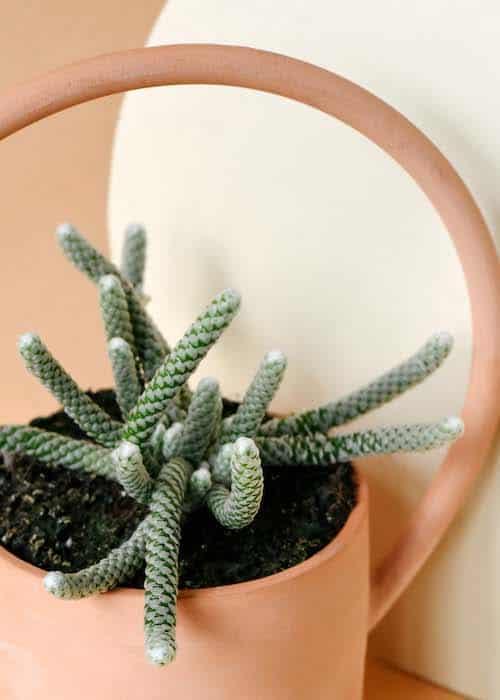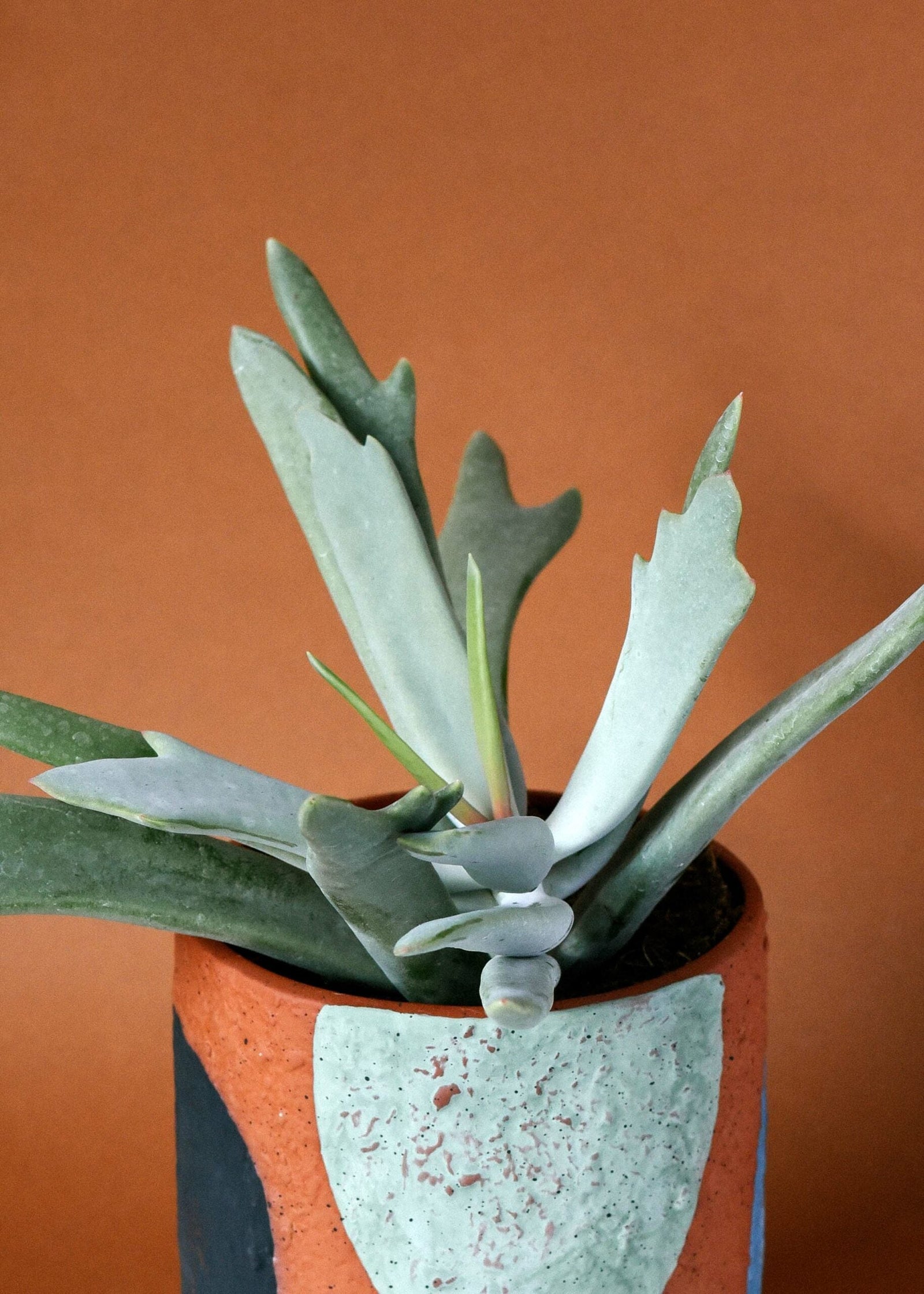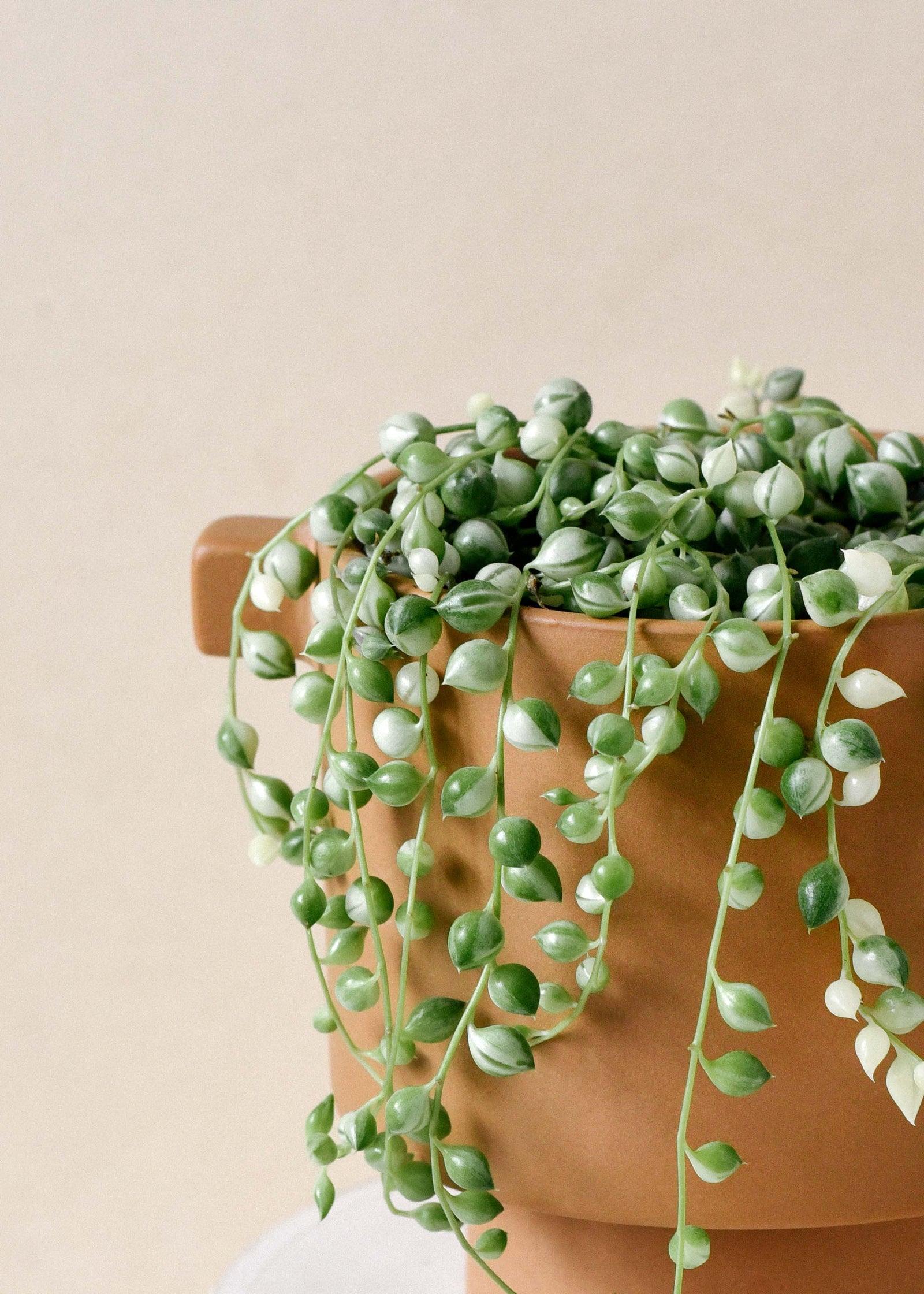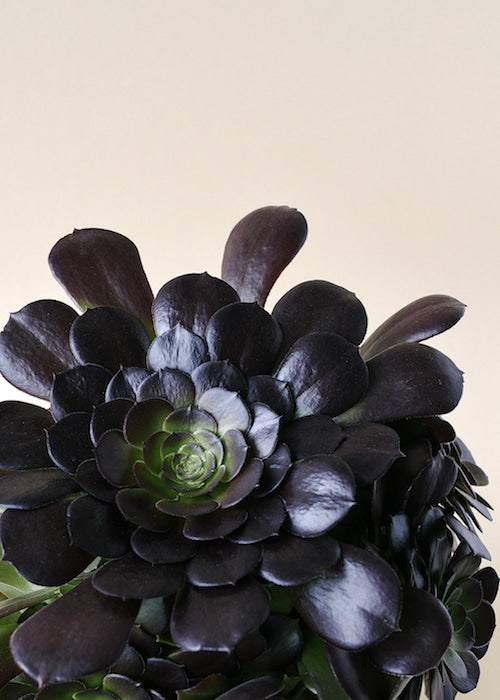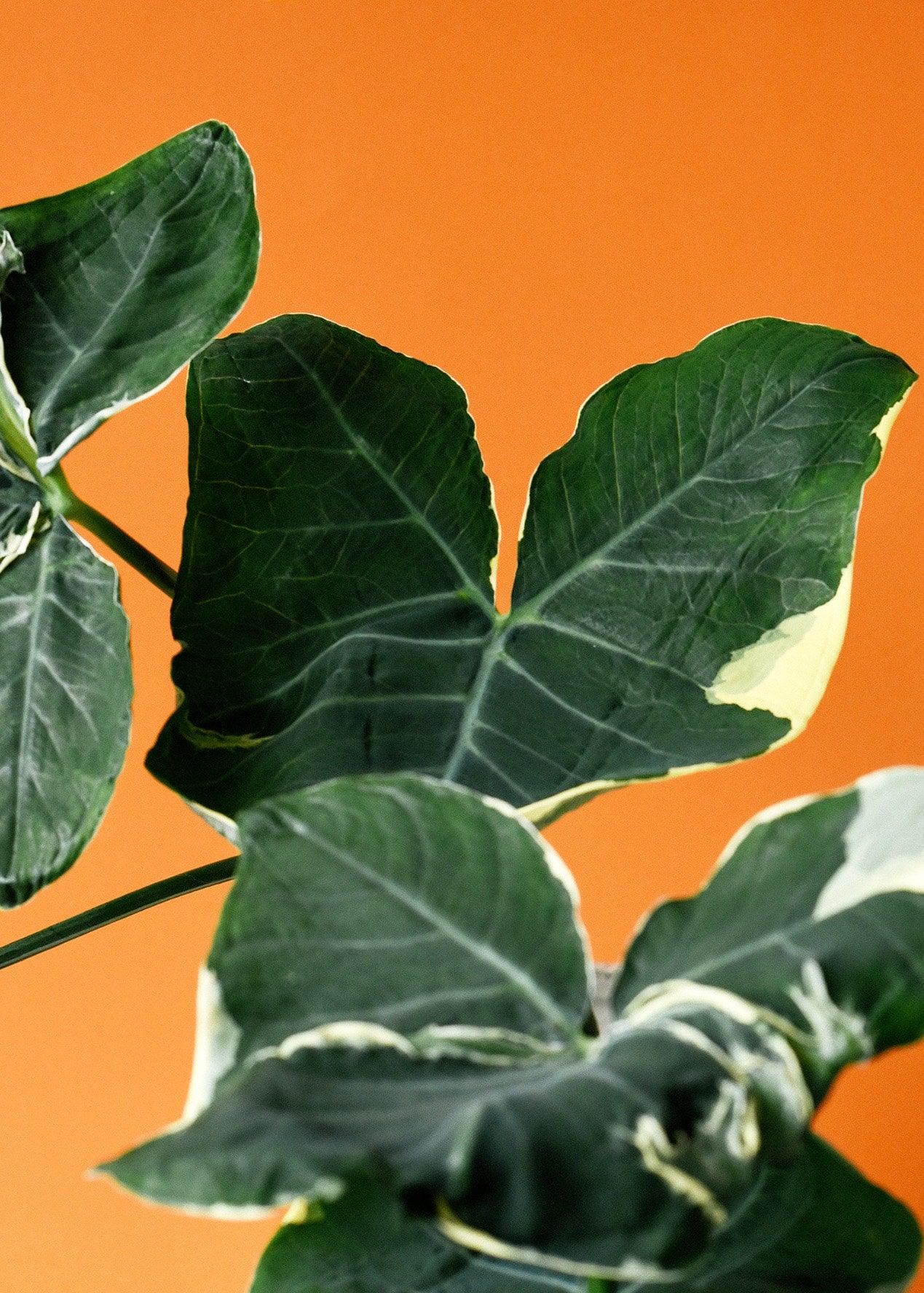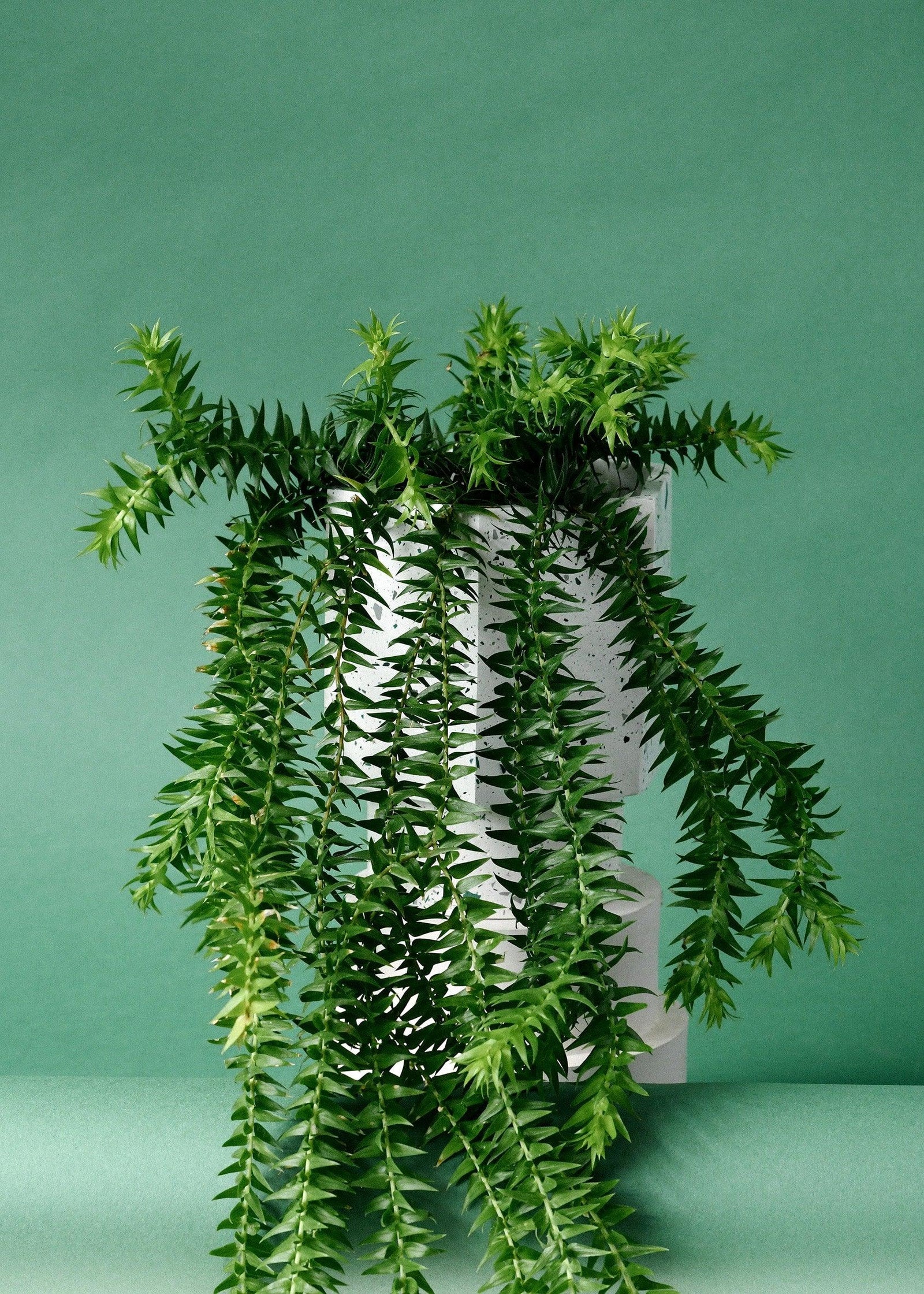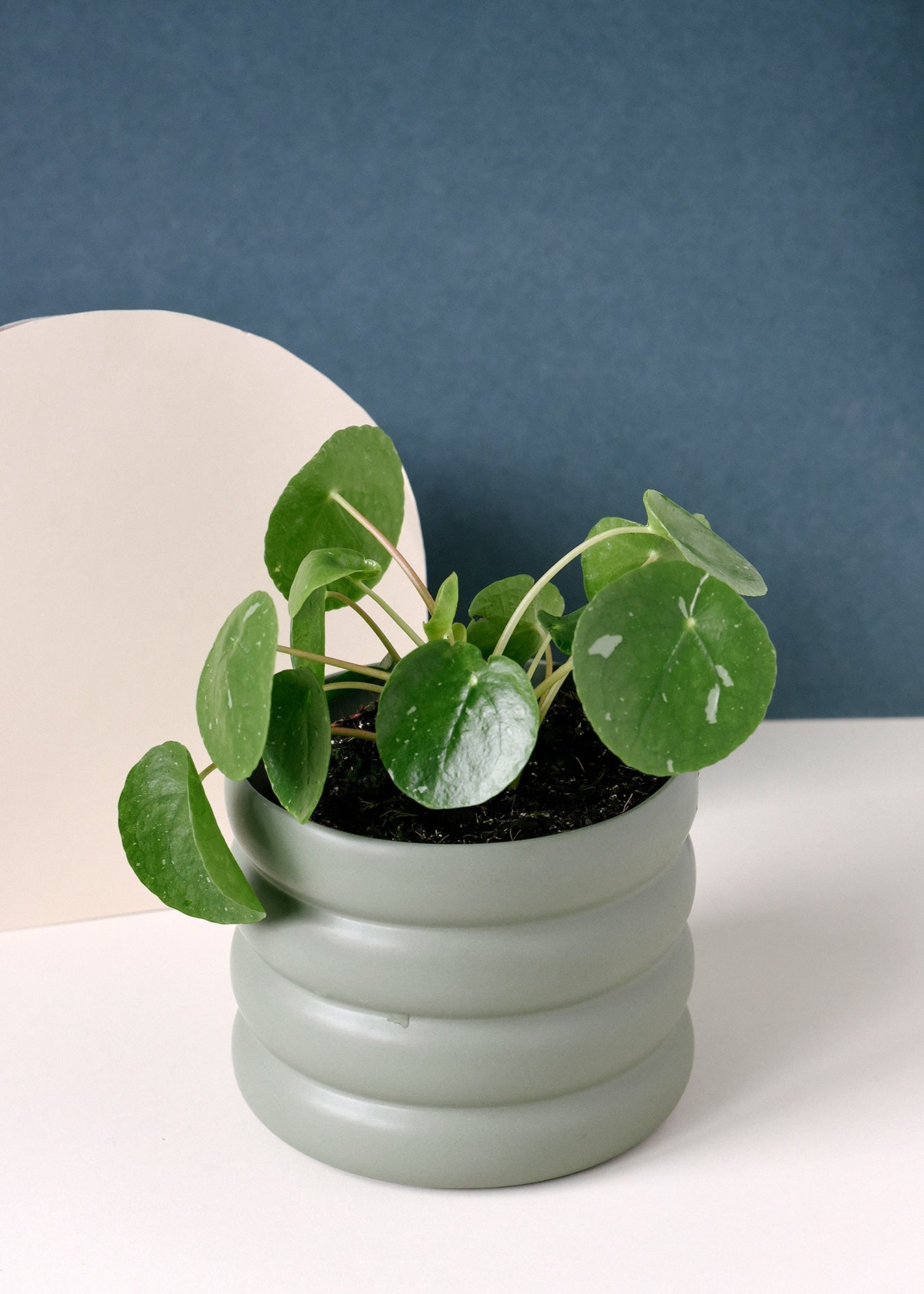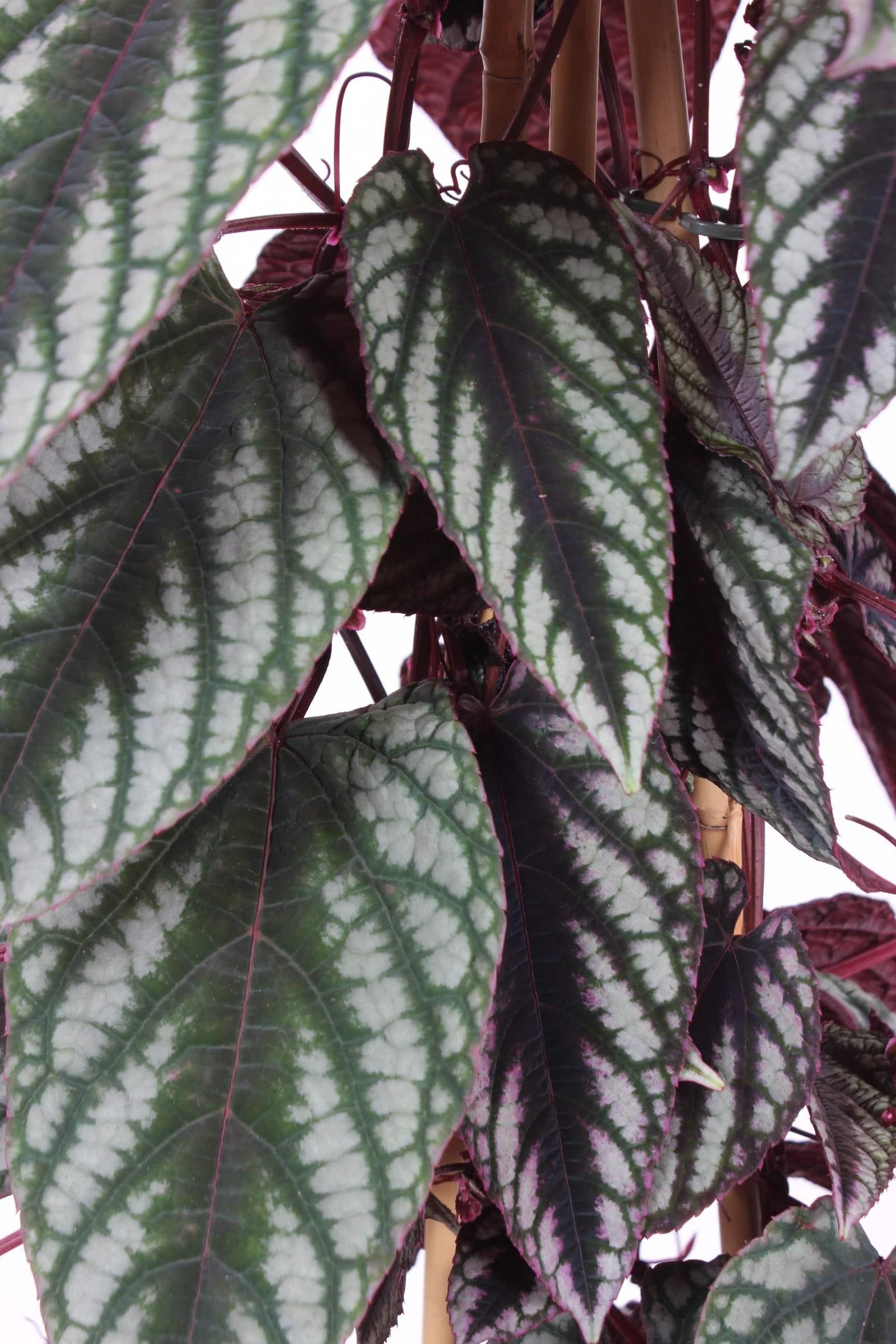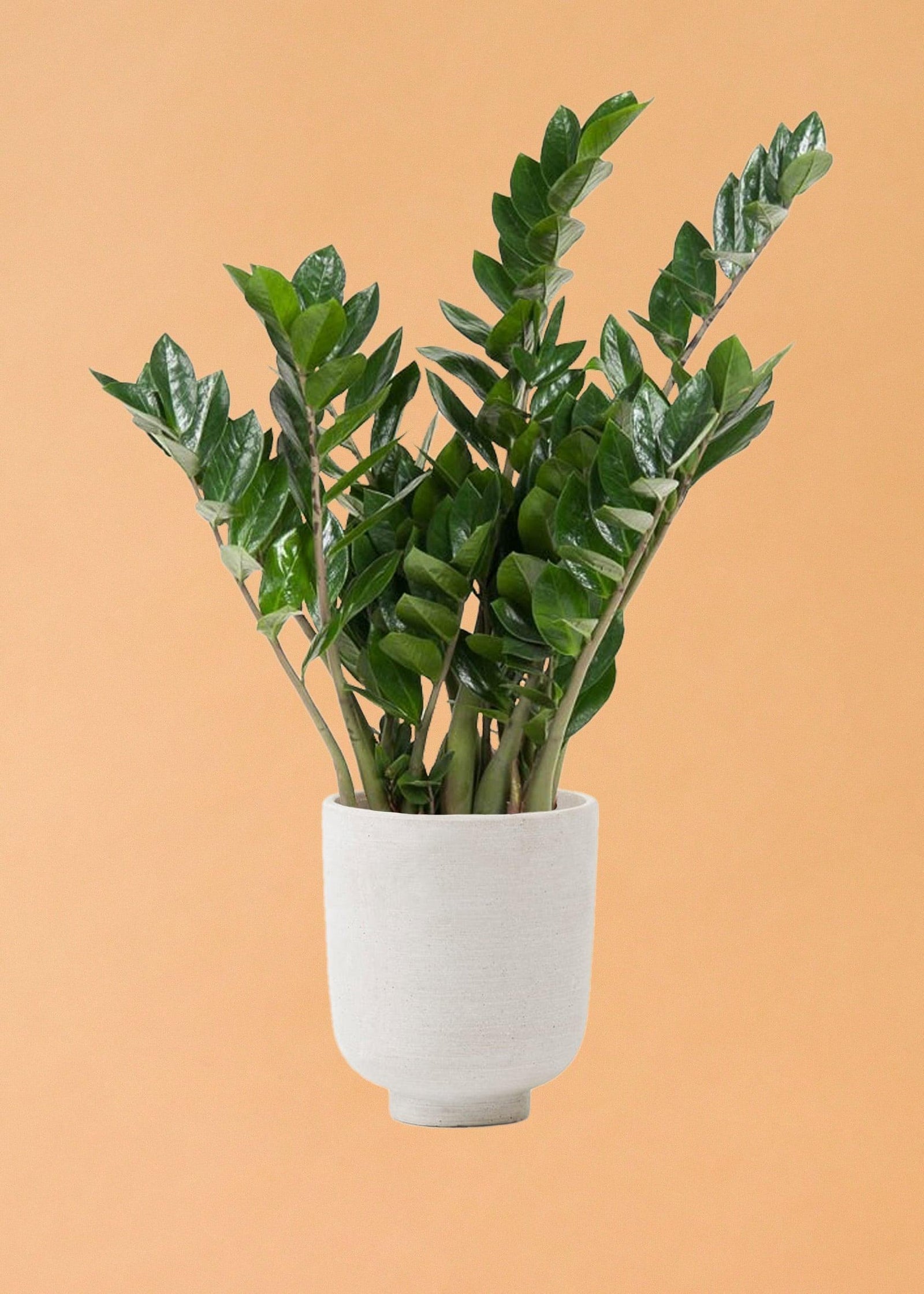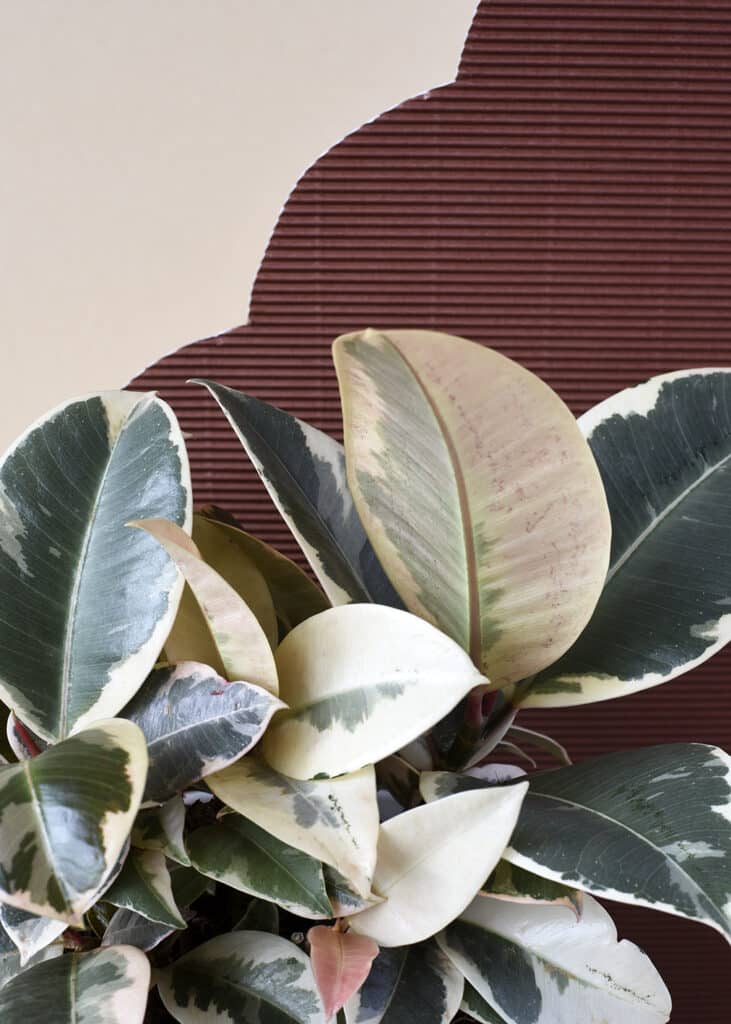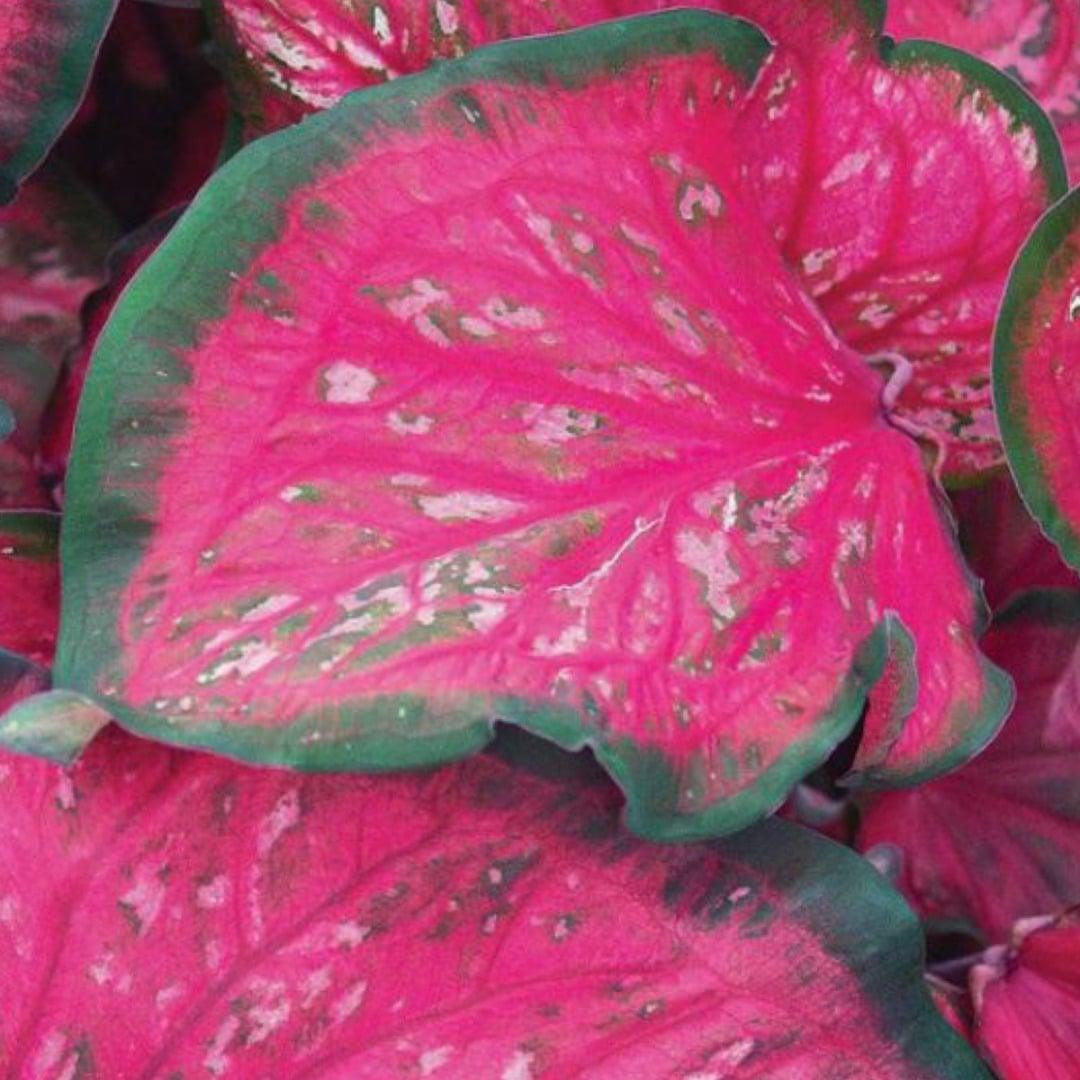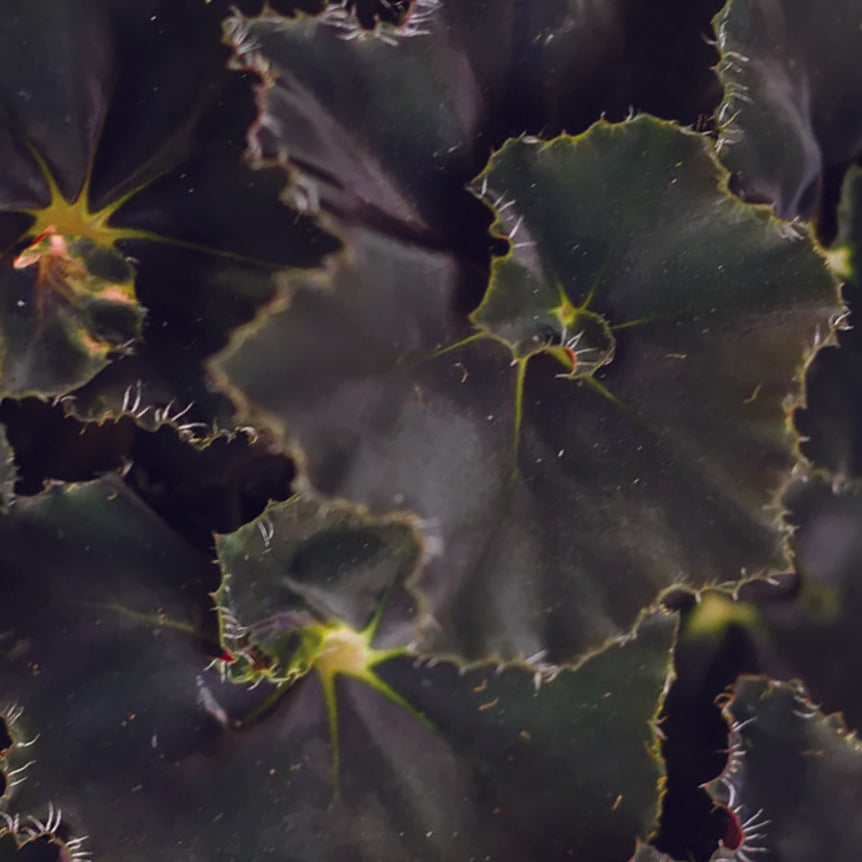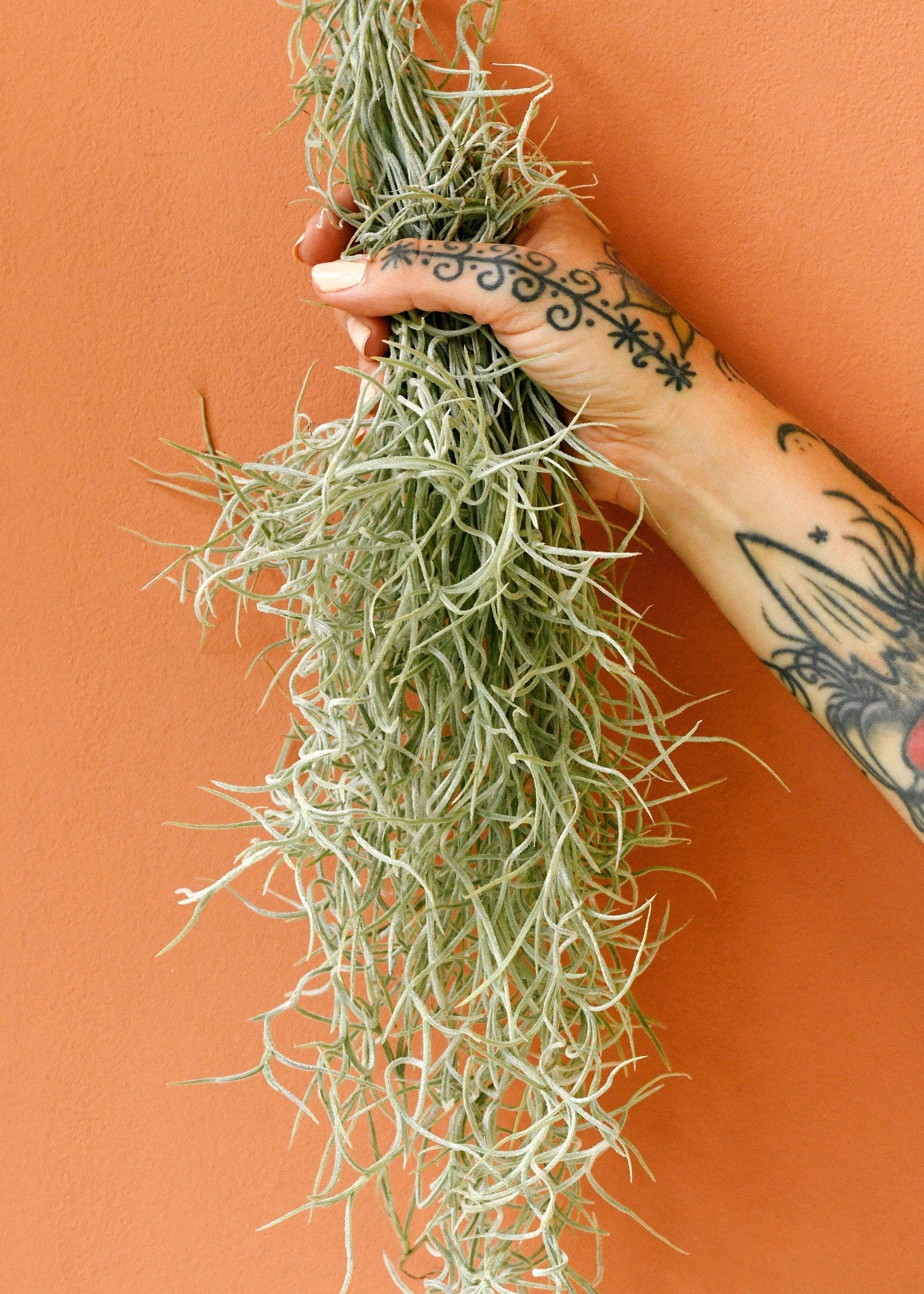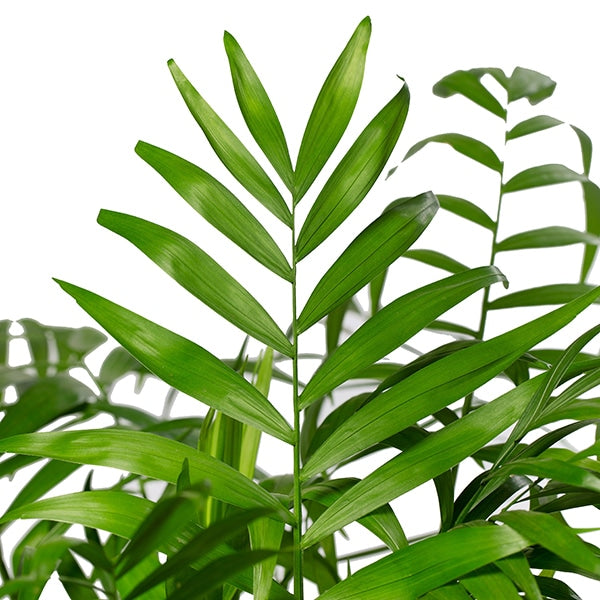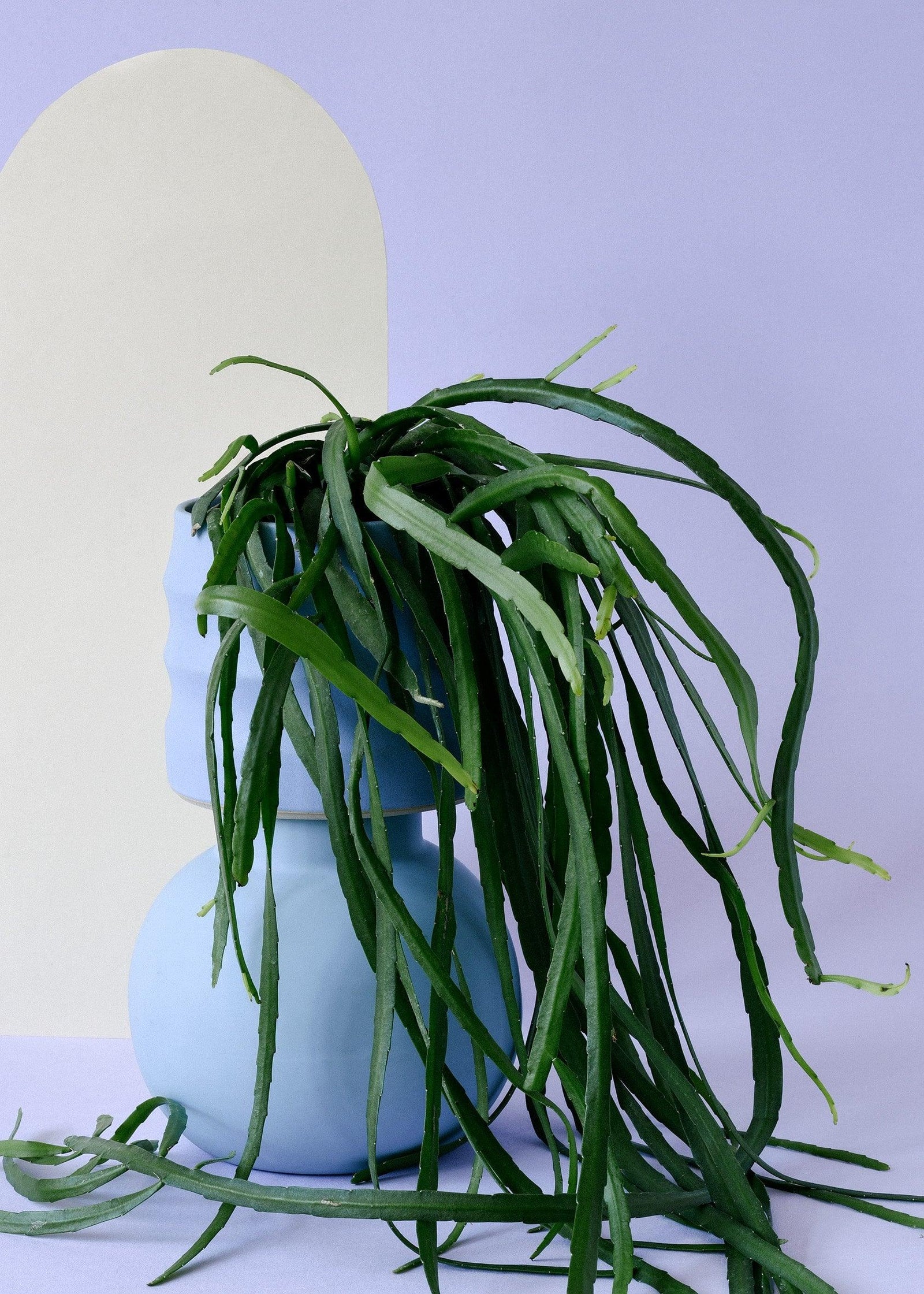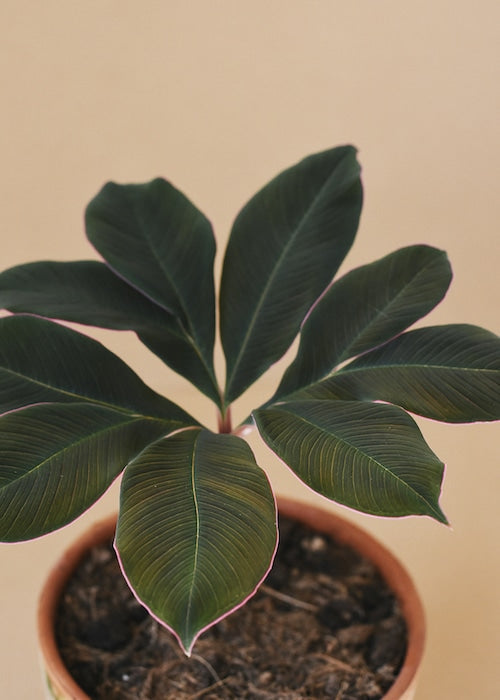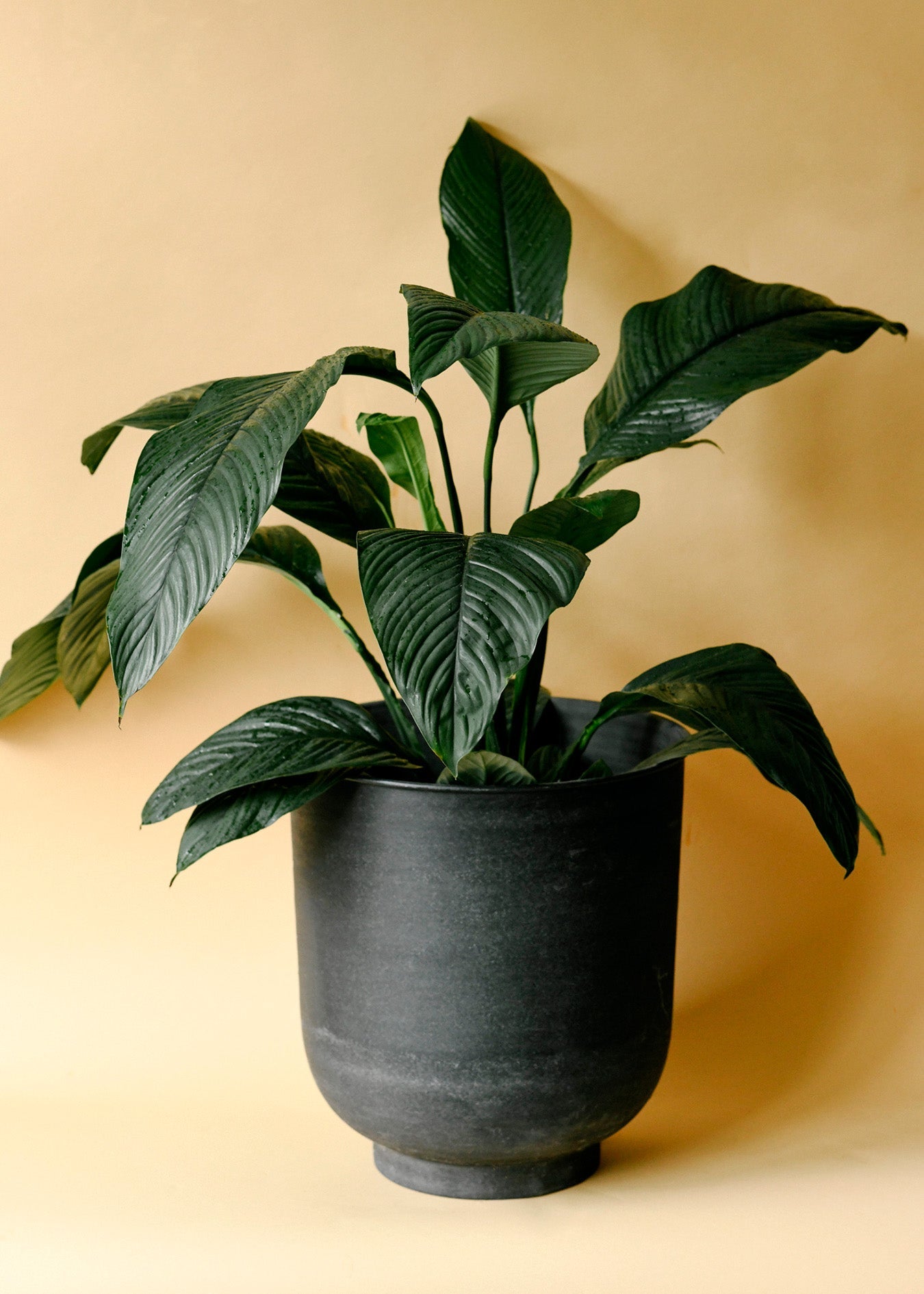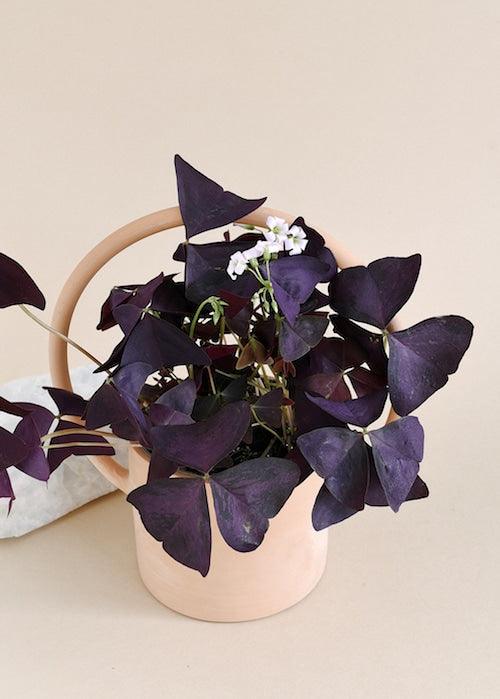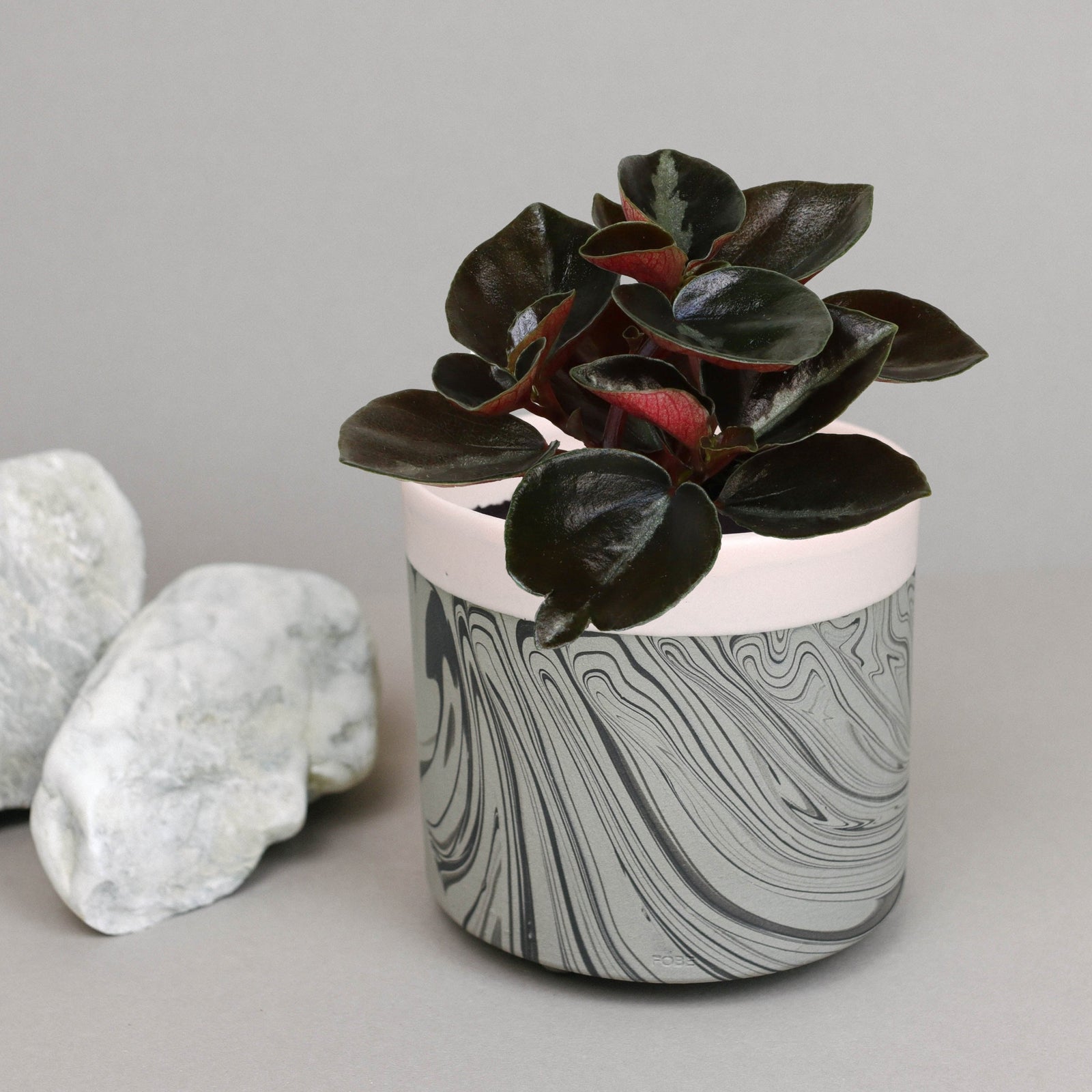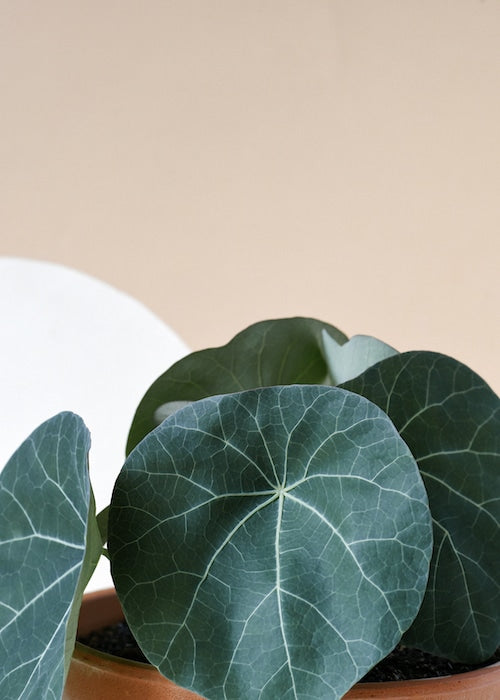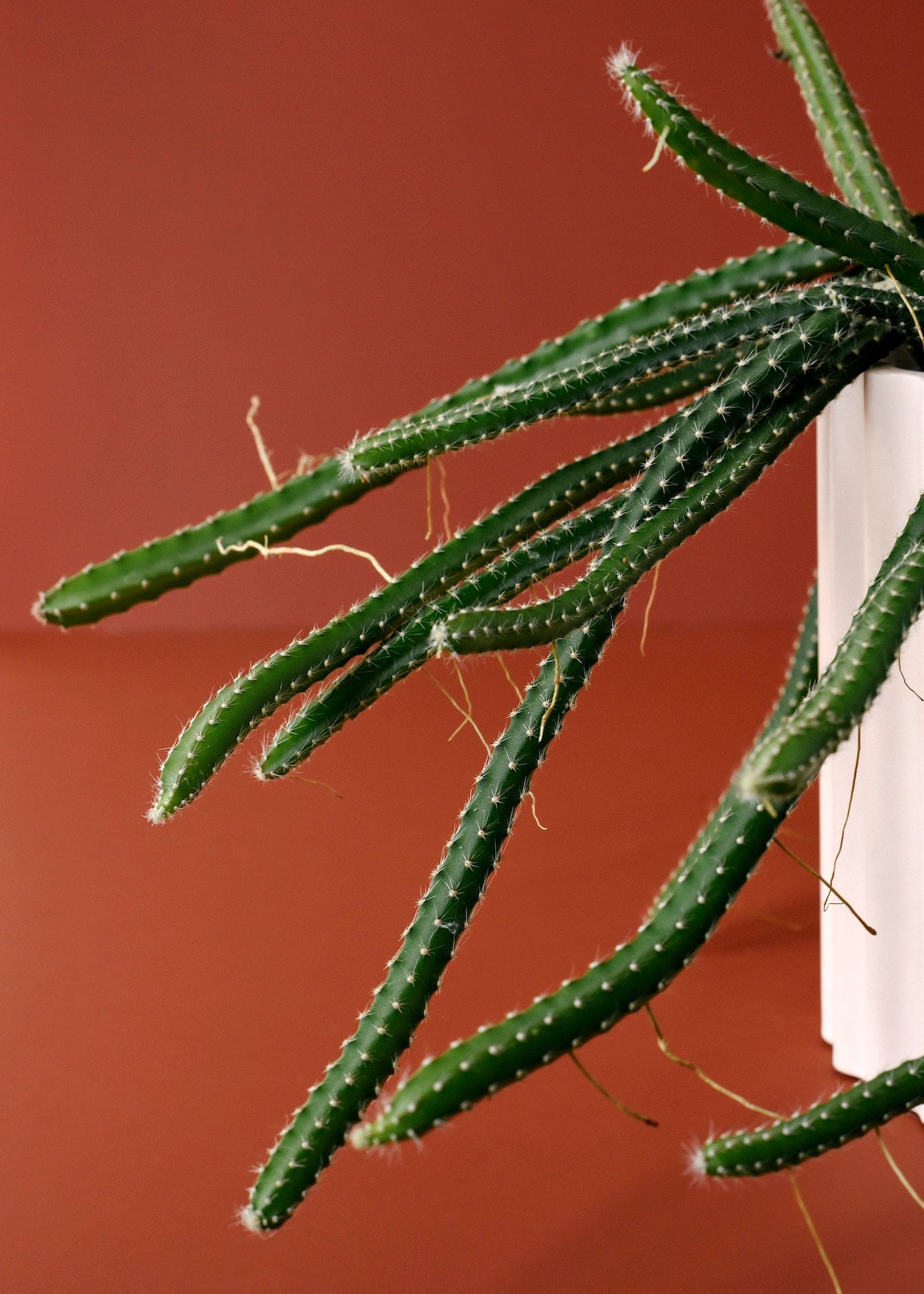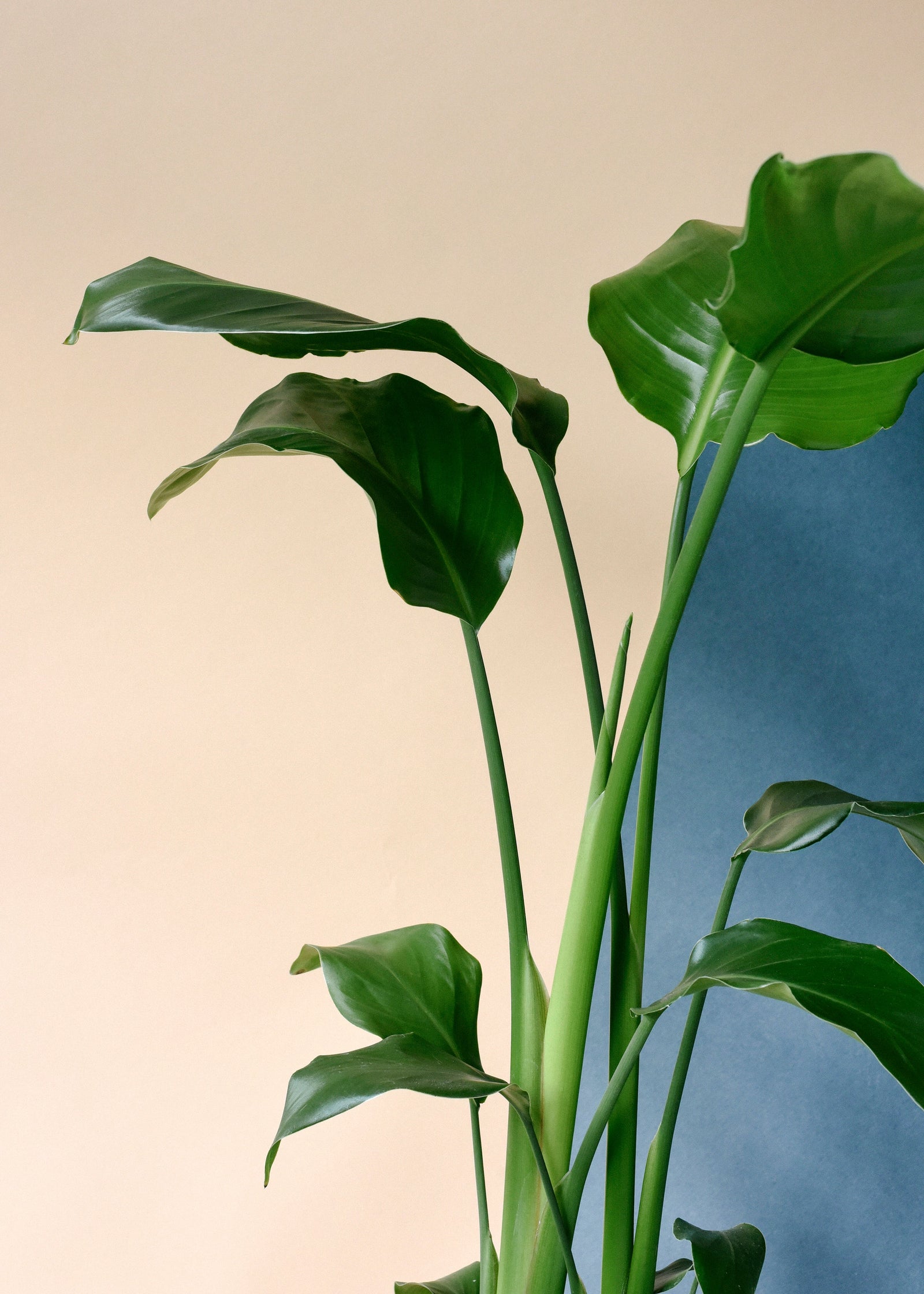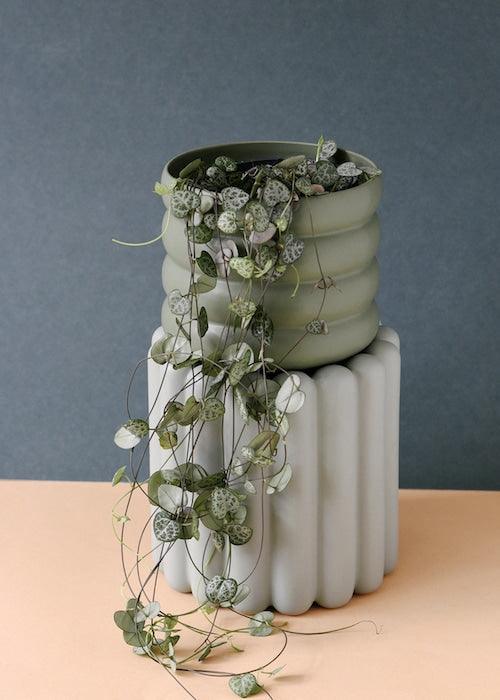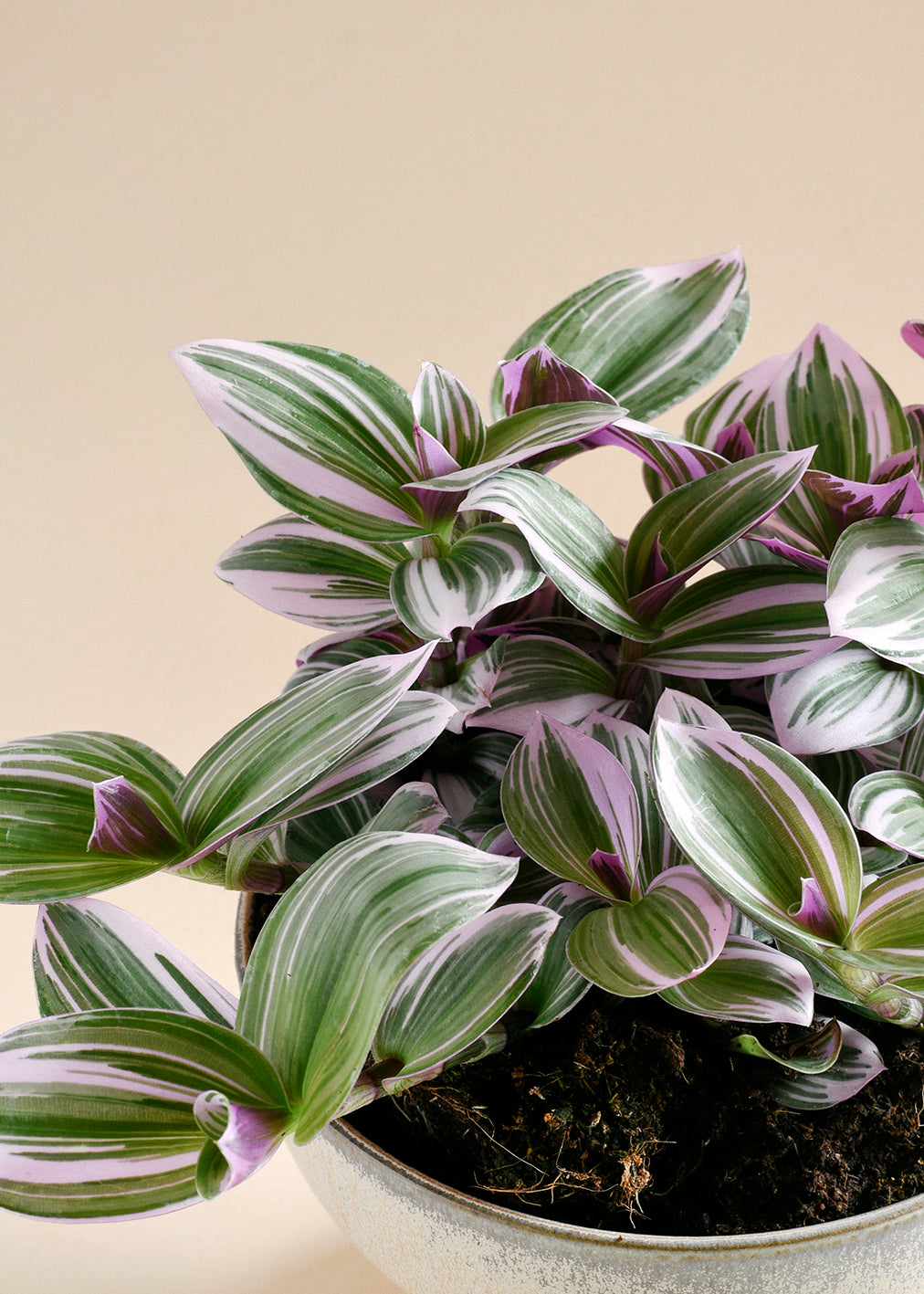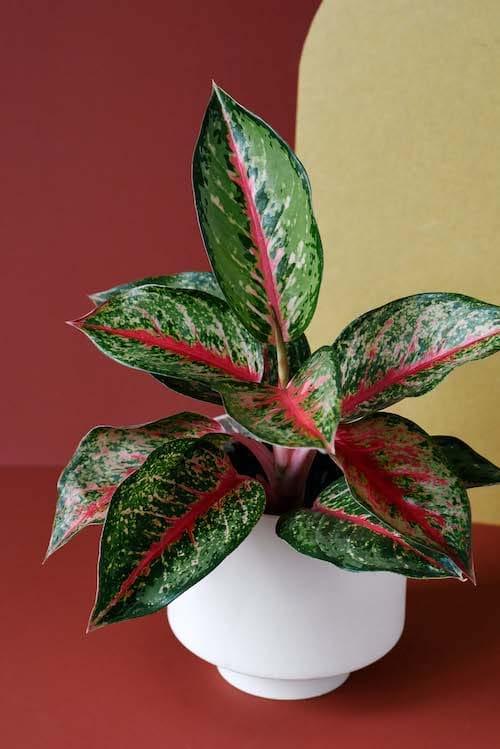Fittonia, also known as the "nerve plant," is a striking houseplant with veined leaves that can add a pop of color to any indoor space. Its care routine is crucial for maintaining its beautiful foliage and overall health. This guide will provide you with all the necessary steps to keep your Fittonia thriving.
Care Summary
| Light | Medium bright indirect light |
|---|---|
| Watering | Often, keep moist but not wet |
| Humidity | Medium to high, ideal for terrariums |
| Soil | Well-draining, slightly acidic |
| Pruning | Prune lightly to encourage bushy growth |
| Toxicity | Non-toxic to humans and pets |
Lighting Tips
Fittonia thrives in medium to bright indirect light. Avoid direct sunlight as it can scorch the leaves. A north-facing window or a position that receives filtered light is ideal. If natural light is limited, consider using a grow light.
Watering Advice
Keeping the soil consistently moist is key for Fittonia, but be careful not to overwater. Allow the top inch of soil to dry out slightly before watering again. Use room-temperature water to avoid shocking the plant.
Optimal Humidity and Temperature
Fittonia prefers a humid environment and temperatures between 60-80°F (16-27°C). Mist the leaves regularly or use a humidifier to maintain high humidity. Avoid placing your plant near heating vents or air conditioners.
Soil and Feeding
Use a well-draining, slightly acidic soil mix to prevent waterlogging. Feed your Fittonia with a balanced, water-soluble fertilizer every four weeks during the growing season (spring and summer).
Pruning and Maintenance
Regular pruning helps keep Fittonia looking tidy and promotes denser foliage. Snip off any leggy stems and remove yellowed or dead leaves to encourage new growth.
Why We Love It
We adore Fittonia for its vibrant, patterned foliage and its versatility in various indoor settings. Whether displayed in a terrarium, as a tabletop plant, or in a mixed container, Fittonia brings life and color to any room.



